Reserve Bank of Australia Annual Report – 2016 Our People
The total number of Reserve Bank employees increased by 7 per cent during 2015/16. Of the 263 staff members who joined the Reserve Bank during the year, most were recruited on a limited-duration basis, largely to handle project work. The Bank continues to attract diverse and talented new employees through its graduate and internship programs.
Staff Profile
In June 2016, the Reserve Bank (excluding Note Printing Australia Limited (NPA)) had 1,347 employees, which was 7 per cent more than a year earlier. This increase is attributed largely to the continuation of major, multi-year projects commenced over the past few years. These projects relate to the renovation of the Bank's banking systems and applications, the next generation of banknotes (and several related projects covering the banknotes themselves as well as associated physical and technological infrastructure in Victoria) and the new payments infrastructure for faster payments.
Of the 263 individuals who joined the Reserve Bank since July 2015, the vast majority have been recruited on a limited-duration basis to support the large volume of project work and will leave the Bank once the projects are complete. Many of these new recruits have been information technology professionals, as much of the project work is technology intensive. For the Bank's non-project-related work, its graduate and internship programs continue to be an important recruitment channel. In the year to June 2016, the Bank hired 21 graduates and 19 interns (students in their final year of study who undertake vacation work at the Bank). These employees work in the Bank's policy, note issue, banking and payment services and corporate services areas and hold degrees in commerce, economics, engineering and other professional disciplines. The Bank's 2015/16 graduate intake was smaller than in previous years, owing to higher retention rates of employees in these professional disciplines beyond the Graduate Development Program than in recent years.
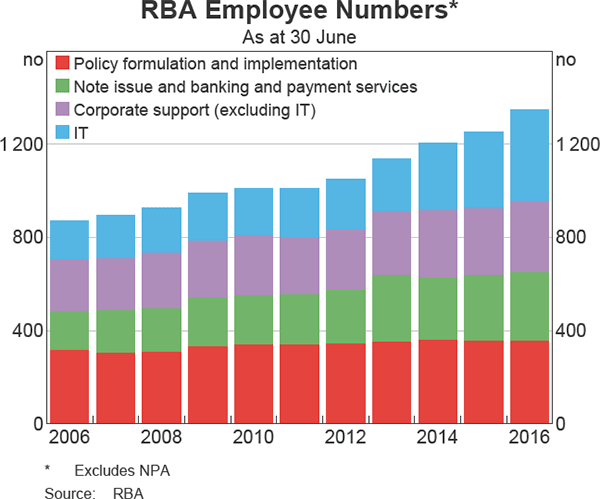
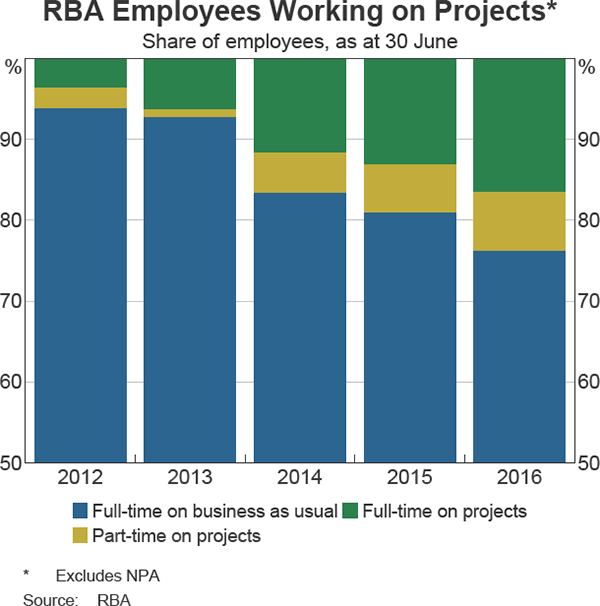
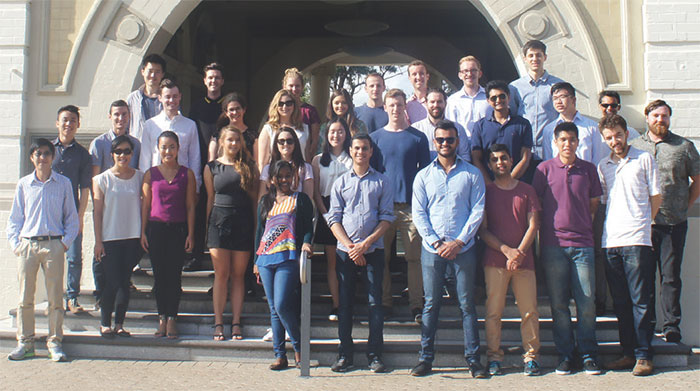
During 2015/16, around 13 per cent of staff left the Reserve Bank, with contract expiration accounting for one-fifth of these exits, consistent with the experience in 2014/15. Given the high level of project-related work the Bank is currently undertaking, it is expected that this trend will persist for the next few years.
People and Culture
The Reserve Bank needs high-quality people working productively together in order to fulfil its responsibilities. To support this, a multi-year strategy for people and culture was developed in 2013, which sought to:
- identify aspects of the Bank's culture and work environment that are strengths, as well as areas that need improvement, and measure progress in making improvements
- develop a deep and diverse pool of well-trained potential leaders
- fully utilise the talents of the Bank's people
- foster an inclusive and flexible work environment.
Steady progress in implementing the People and Culture Strategy continued to be made over the past year. To support the first objective, all employees were invited to participate in the Reserve Bank's second employee engagement survey. The survey showed that employees continue to report a high level of engagement and also highlighted some potential opportunities to enhance this engagement. Employees across the Bank have contributed to the development of departmental and enterprise-wide action plans. A follow-up survey will be conducted in around two years to assess progress and identify new opportunities.
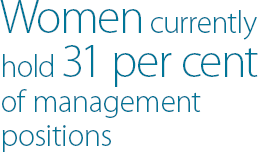
Making progress in leadership development is another priority of the People and Culture Strategy. The Reserve Bank launched a new Executive Leadership Development Program during the year as a key investment in its most senior leaders. The program covers areas such as how to lead the Bank at an enterprise level and how to constructively shape the cultural context in which teams and individuals operate. The program also provides participants with an opportunity to develop their leadership capabilities further.
The People and Culture Strategy also places emphasis on ensuring that the talents of employees are being utilised. Accordingly, a range of development opportunities for employees are in place. While on-the-job training is an important component of this, it is supplemented by formal training programs, such as:
- the two-year Graduate Development Program, consisting of a range of tailored training programs to develop effective business writing, critical thinking, presentation and communication and negotiation skills. A total of 60 graduates were in this program in 2015/16
- programs supporting technical and professional development, including training in project management and change management
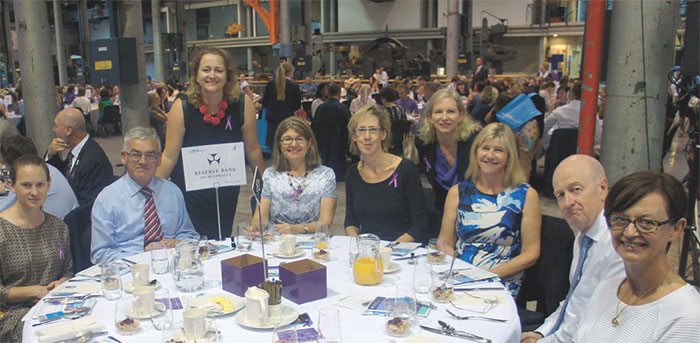
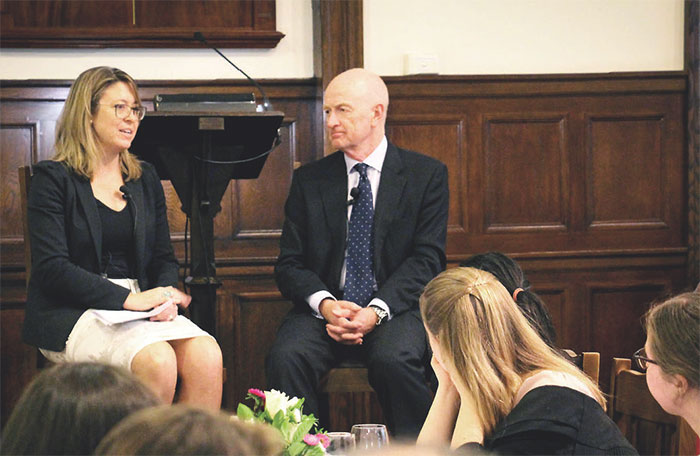
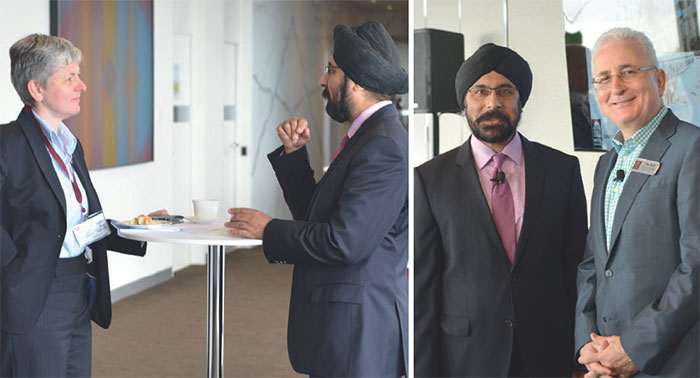
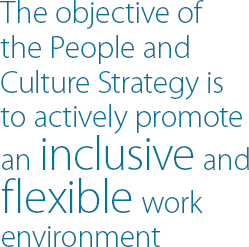
- training in management and leadership skills, as well as other general competencies, such as communication skills
- training in the Reserve Bank's compliance obligations, including in relation to work health and safety, fraud awareness and anti-money laundering and counter-terrorism financing.
Development opportunities are provided to employees by supporting secondments both internally between different areas of the Reserve Bank and externally to other policy institutions in Australia and overseas. The Bank also hosts secondees from other institutions. In 2015/16, secondees came from the Commonwealth Department of the Prime Minister and Cabinet, Bank of England, Bank for International Settlements, People's Bank of China, Reserve Bank of New Zealand and Royal Canadian Mounted Police.

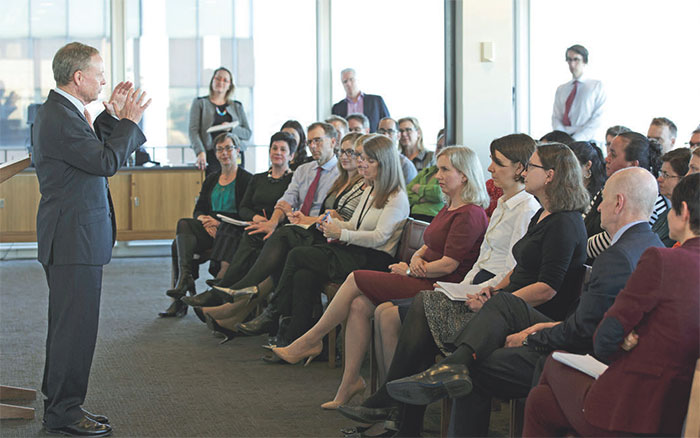
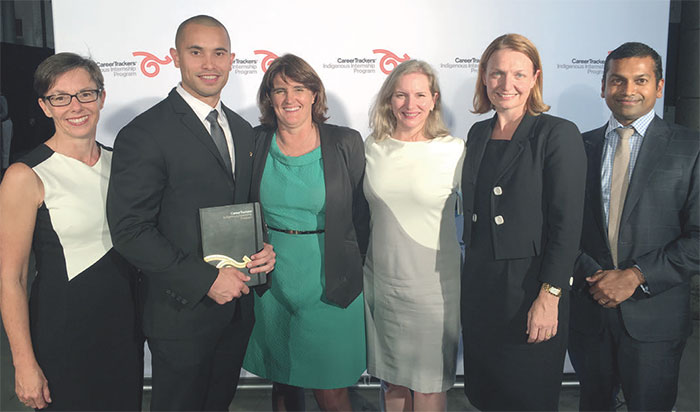
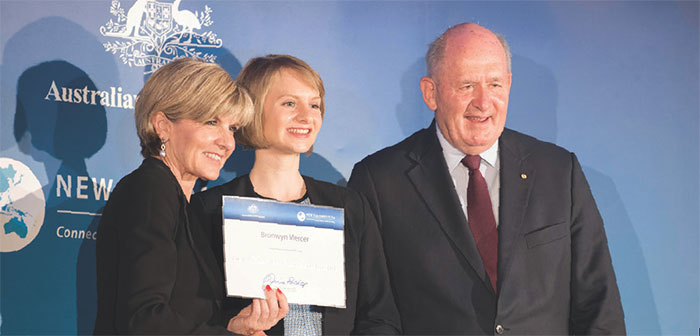
Financial support is provided to current employees for part-time study in disciplines related to their work, with around 60 employees benefiting from this support during 2015/16. In addition, the Reserve Bank provides support for full-time postgraduate study at universities in Australia and overseas; in November 2015, five employees were awarded such assistance (two women and three men).
The final objective of the People and Culture Strategy is to actively promote an inclusive and flexible work environment, recognising the importance of flexible work in supporting employees to balance their working and personal lives. Accordingly, the Reserve Bank has clear guidelines and processes in place to support the submission and appropriate consideration of requests for such arrangements. A number of different flexible work arrangements are currently utilised by Bank employees, including working from home or another location, reducing working hours (that is, becoming part-time employees), working full-time hours but in a more flexible way (altering start or finish times, or working compressed work weeks), and entering into job-share arrangements.
The representation of women in management positions is an important priority at the Reserve Bank. A gender target was introduced in 2014/15, which is for 35 per cent of management positions to be filled by women by 2020, with a longer-term aim of 40 per cent. Women currently hold 31 per cent of management positions. This is down slightly from 2014/15, reflecting the relatively high proportion of managerial appointments in male-dominated professions, such as information technology and facilities management, over the past year. In support of the gender target, there is a strong focus on talent management at the Bank, including succession and development planning for both women and men, and reviewing recruitment practices for graduates. Employee awareness and understanding of diversity and inclusion are also furthered by supporting Bank staff to participate in external diversity and inclusion events and hosting external speakers at the Bank to talk on diversity and inclusion-related topics, including gender.
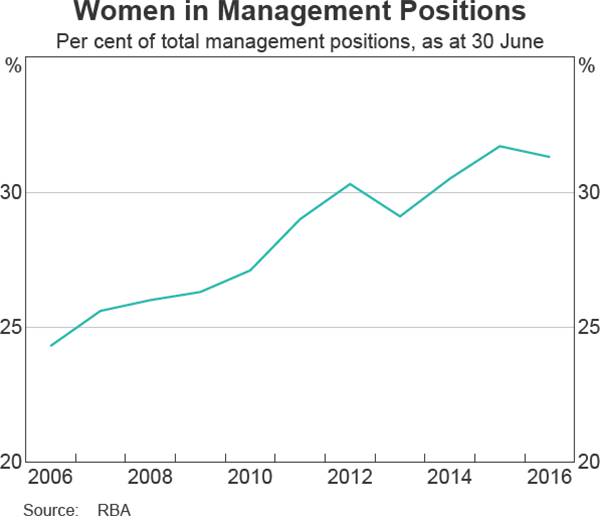
Reserve Bank staff also actively work to promote economics, finance, mathematics and information technology as career options for women in the community more broadly by participating in student information sessions. In 2015/16, a NSW Premier's Teachers Scholarship was sponsored by the Bank. This scholarship provides a professional development grant to a teacher who will conduct research on the factors influencing the participation of students in advanced mathematics and economics at high school or TAFE and present recommendations on how to encourage greater gender equity in the study of these subjects.
To promote the inclusion of Indigenous Australians in the workplace, a Reserve Bank-funded internship was provided for an Indigenous Australian in 2015/16. The internship was facilitated by CareerTrackers, a non-profit organisation that works with organisations to provide work experience, networking and professional development opportunities for Indigenous students who are studying for relevant degrees. The internship involved vacation work at the Bank as well as professional development training and access to a student advisor. An expansion of the Bank's support for the CareerTrackers program is planned over the coming year.
The Reserve Bank Diversity and Inclusion Plan 2016–19 was also launched during the reporting year. The plan establishes the key priorities at the Bank for diversity and inclusion, as well as the initiatives that will be pursued to support them. The priorities were determined through consultation with employees, workforce diversity profile analysis and recent developments in diversity and inclusion practices in the community more broadly.
Each year, the Reserve Bank's workforce diversity profile is reviewed and developments are reported in the Equity & Diversity Annual Report. Over the past decade, within a relatively stable diversity profile in the Bank overall, there has been an increase in the share of employees from non-English-speaking-backgrounds and a decline in the share of employees who report that they have a disability. The share of women in the Bank's workforce has also fallen slightly over this period, largely reflecting the relatively high proportion of employees recruited from male-dominated professions during this time. The redesign of administrative roles that were predominantly filled by females has also contributed to the decline in the share of female employees over the past few years.
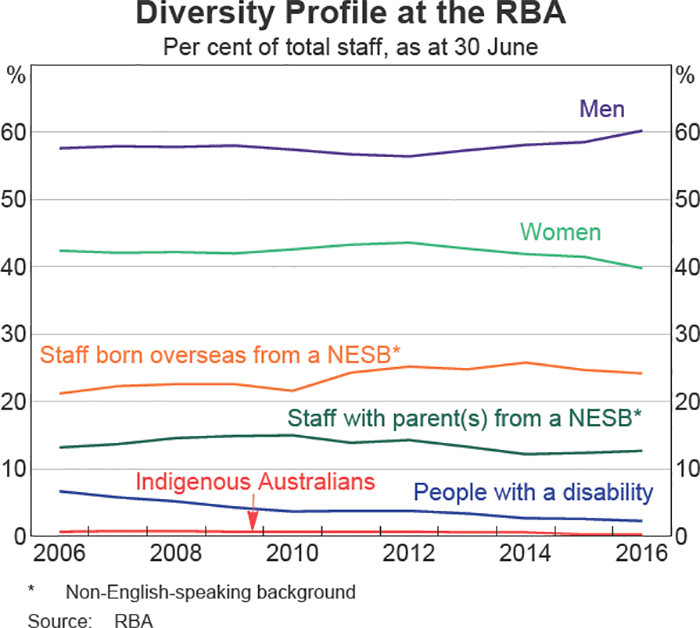
Remuneration
The total remuneration packages for Reserve Bank staff are designed to attract and engage high-calibre employees. The Bank's Workplace Agreement provided for a performance-based salary increase, distributed from a pool equivalent to 2 per cent of salaries in each of 2014/15 and 2015/16. As in the past, the new agreement made available a moderate additional lump-sum performance-based payment. The salary increases were smaller than in earlier agreements and there was no increase in the base of the salary bands for each level. The agreement included an increase of hours in the standard work week for all employees in late 2016, and also accommodates contemporary practice for shift and related allowances in anticipation of parts of the Bank beginning to move to 24/7 operations.
During 2015/16, the process of transferring the management and administration of the Reserve Bank superannuation fund, the Officers' Superannuation Fund (OSF), to an external provider commenced. The decision to do this was made to ensure that the OSF is best able to meet the increasing regulatory and governance requirements for superannuation funds more generally. A competitive selection process was undertaken and the process of transitioning to the selected multi-employer fund commenced in early 2016/17.